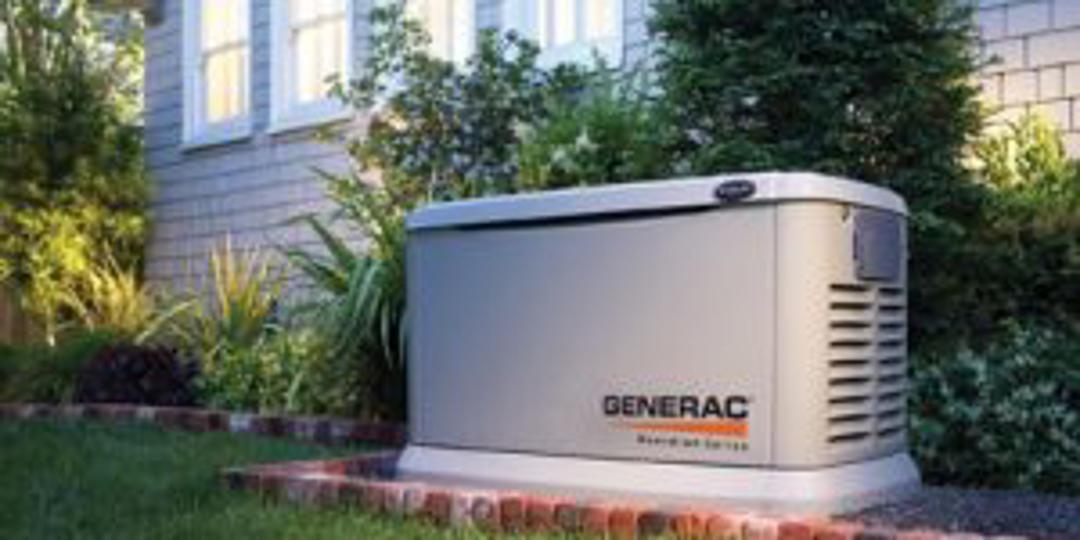Think about how essential electricity is to your home feeling like home. Electricity powers your HD television, your cable box and the internet router. It flows from the wall into the phone or laptop you look at while watching cable or Netflix. If you get up for a snack, electricity keeps the light in your refrigerator on and the temperature low. Electricity keeps your house cool or hot, whichever you need, and that allows you to relax.
It can all go dark in the split-second of a power outage, though.
Most power outages are just an inconvenience; they separate us from our modern marvels of entertainment, and they threaten to spoil the food in our refrigerator. Usually the power is back on within six hours, no problem there. Except for those instances when it doesn’t come back in six hours. Any power outages can last for days on end; many do every year. For those who live in either very cold or very hot climates, they know, a power outage can be dangerous.
If you are considering being protected from that uncertainty, you’re likely considering a home generator. Learn about your backup generator options.
There are two primary types of generators: stationary generators (also called stand-by generators) and portable generators.
Both types of generators function by burning a fossil fuel to create electricity; this is the same way a large fossil fuel power plant would work just on an individual scale. Just like power plants, generators burn several different types of fossil fuel, notably, gasoline, diesel, natural gas, or liquid propane.
Portable Generators
Portable generators are less expensive than stationary generators and produce far less energy as well. How long they can run is limited by tank size and the amount of fuel you currently have on hand.
Primarily operating off of gasoline, portable generators cost between a few hundred to a few thousand dollars. Portable generators still require a transfer box installed by a professional before electricity can be fed into your house.
To use a portable, several steps must be completed before they begin to work.
Steps to start a portable generator:
- Move portable generator into position
- Fill generator with fuel
- Manually start generator (like a lawnmower)
- Hook generator into house’s load requirement
- Enjoy!
With an adequate portable generator you can expect to operate:
- A radio
- A laptop
- Basic lighting
- A refrigerator
- Garage door opener
- A well pump
- A microwave
Standby Generators
Stationary generators produce far more power than even the most robust portable ones. Using a stand by generator, you will be able to resume all of the normal functions of your household.
Ever wanted to run the air conditioner while you wash and dry laundry, watching a movie from your jacuzzi tub with your PS4 on in the background as your neighbors suffer through a power outage?
Of course you have. Now you can.
A stationary generator is akin to car parked beside your house that provides power during blackouts. Realtors note that though they might not be the most traditional garden ornament, they dramatically increase property value.
A stand-by generator automatically recognizes when the main power source is offline and begins working to power your house immediately, reestablishing power quickly and without any work on your part.
A stationary generator runs off of a natural gas or liquid propane fuel line already in place, eliminating the need to refuel. Connection to a fuel line also extends the life of the generator almost indefinitely.
With a powerful stationary generator, you can expect to operate:
- 10 separate lighting circuits
- An electric oven
- Multiple televisions
- A 4-ton central air unit
- A washing machine
- A dryer
- A Jacuzzi
Contact us for a free estimate for a stationary generator.















